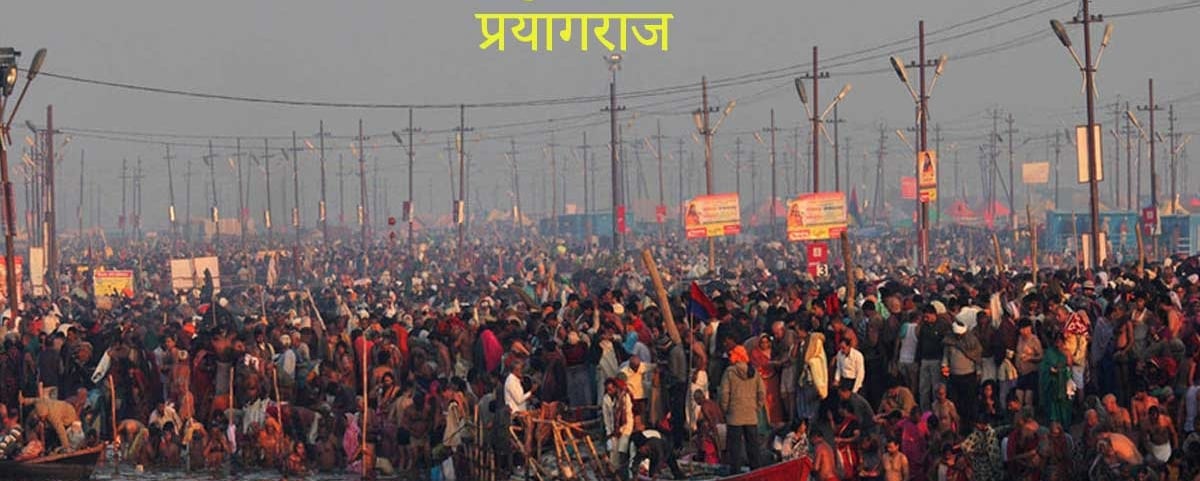Unique Experiences and Narratives from Past Mahakumbh Events


The Mahakumbh Mela, a monumental religious gathering held every 12 years in Prayagraj, is not just a festival—it’s a transformative spiritual journey for millions of pilgrims. Each Mahakumbh is an accumulation of unique experiences, narratives, and personal stories, many of which leave lasting impressions on those who participate. These stories are deeply rooted in faith, devotion, and the profound sense of belonging that the Mahakumbh fosters.
A Devotee’s Spiritual Awakening
For many, the Mahakumbh is not merely a religious event; it is a life-altering experience. One of the most common narratives is that of pilgrims who report profound spiritual awakenings after taking a holy dip in the Triveni Sangam. Pilgrims often speak of a sense of inner peace, liberation from worldly concerns, and a deep connection with the divine after performing the ritual of snan (bathing). The power of the sacred waters is believed to cleanse not just physical impurities but also spiritual sins, providing a sense of rebirth.
One such personal story comes from a devotee who had struggled with illness for years. After attending the Mahakumbh and taking the sacred dip, she claimed to have experienced a miraculous healing. This story, like many others, is passed down from generation to generation, and such accounts often inspire others to make the pilgrimage in search of spiritual and physical healing.
The Naga Sadhu Processions
The Naga Sadhus, ascetic warriors who renounce worldly attachments, are another key feature of Mahakumbh’s unique experiences. Their grand processions, known as the Shahi Snan, are accompanied by chants, drum beats, and a visual spectacle of intense devotion. These ascetics, often covered in ashes and adorned with tridents, symbolize a life of extreme detachment and spiritual rigor. Their participation in the Mahakumbh is seen as the pinnacle of their spiritual journey.
One narrative from a past Mahakumbh recalls the moment when a young foreign tourist, unfamiliar with the tradition of Naga Sadhus, was drawn into the procession. Mesmerized by the sight of these ascetics, the tourist followed the group, and through an unexpected interaction, felt a deep sense of connection and spirituality. For this visitor, the Mahakumbh became a life-defining experience, marking the beginning of their own spiritual quest.
The Power of the Pilgrimage Community
Another recurring theme in Mahakumbh narratives is the sense of community that emerges during the event. For many, the Mahakumbh is not only a personal pilgrimage but also a communal one. Pilgrims from different walks of life, languages, and backgrounds come together, united by a common faith. The sharing of meals, stories, and experiences creates a bond that transcends cultural and geographical boundaries.
One story that stands out is that of a group of elderly women from remote villages in India who traveled together to attend the Mahakumbh. Despite facing physical difficulties, they supported one another through the journey. Upon reaching Prayagraj, they felt a renewed sense of strength, not just from the spiritual significance of the event, but also from the solidarity they experienced with fellow pilgrims. For them, Mahakumbh was as much about the journey and the relationships forged as it was about the sacred dip.
Moments of Divine Connection
In addition to these personal stories, the Mahakumbh is filled with seemingly miraculous moments that transcend ordinary experience. A famous narrative from the 2013 Mahakumbh describes a devotee who claimed to have seen an apparition of Lord Shiva during the night prayers at the riverbank. The sight of the deity, surrounded by a glowing light, was interpreted as a sign of divine blessing and assurance of spiritual progress.
A Platform for Peace and Reflection
Over the years, the Mahakumbh has also provided a platform for individuals seeking peace in the chaos of modern life. Many pilgrims attend not only to seek blessings but to disconnect from the hustle and bustle of the world. Stories from the 2001 Mahakumbh recount how the event became a space for people to reflect on their lives and reset their priorities. The silence and serenity of the riverbanks, combined with the collective prayers and chants, offer a rare chance for introspection.
In conclusion, the Mahakumbh Mela is a repository of countless unique experiences and personal narratives. Whether it’s a spiritual awakening, an encounter with the divine, or a journey of communal solidarity, each individual story adds to the rich tapestry of the Mahakumbh. These experiences create a legacy of faith, devotion, and hope, making every Mahakumbh not just an event, but a profound journey that transforms lives.
Contact Us
Address
237A Rasulabad Ghat road Teliarganj Uttar Pradesh 211004
Contacts
+919236056654
mahakumbhdarshnam@gmail.com
